Assistive technologies and systems integration
Integrated imaging, biomedical and gestural sensing technologies for enhancing and/or maintaining health and well being.
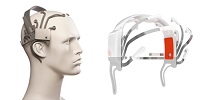
Computational biology
The research aims to provide understanding and solutions to genomics and in general biological processes in the cell through the use of statistical signal processing methodology and information theory framework. In particular, we concentrate on: - epigenetics - gene interaction networks modelling - cancer mutation modelling - evolution modelling - chromosome conformation and 3D chromation structure capture.
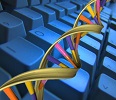
Computational intelligence in Computer Vision
Methods for categorizing and interpreting heterogeneous, multimodaland multisource imagery data. The activities in this field is particularly focused on advanced andinnovative intelligent methods designed and developed for categorizing,understanding and interpreting heterogeneous, multimodal and multisourceimagery data.

Computational topology and geometry for vision
The main aim of this activity is to introduce advanced geometrical and topological methods for tackling computer vision and pattern recognition problems. In particular, using approaches capable to turn multidimensional images and datasets into discrete objects treatable by computational topology, it is possible to explore, discover and measure interesting features of the original data.
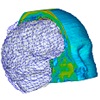
Document image analysis and restoration
The focus is on all those methodologies aimed at improvingreadability, analysis, and recognition of the content of a document. Ofparticular interest are: use of multispectral, multisensory or multiviewacquisitions, models of degradations and features, digital restorationand enhancement, content disclosure and segmentation, correction ofgeometrical and radiometric distortions, application to ancient archivaldocuments and historical manuscripts.
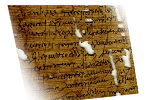
Hybrid intelligent methods
Hybrid systems based on the combination of different types of learning and reasoning techniques have emerged as a viable solution to overcome limitations of single techniques in the attempt to mimic human-like cognitive processes. The goal is to blend deductive strategies (e.g., knowledge-based systems), inductive techniques (e.g., connectionist systems), and reasoning by analogy approaches (e.g., case-based reasoning) to build robust information processing solutions. Our research here focuses on the definition of multilevel systems able to make sense of heterogeneous data for decision making, by combining sub-symbolic data interpretation with knowledge-based reasoning and meta-reasoning. Eligible application fields are ehealth, and new emerging trends such as the quantified self and the personalized informatics.
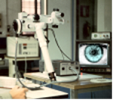
Nature inspired computation for Smart Sensors
Smart sensors and actuators should provide support for various modes of operation and interfacing. Some applications require additionally fault-tolerance and distributed computing. Such high-level functionality can be achieved by adding specific embedded microcontroller to the classical sensor/actuator, which increases the ability to cope with complexity at a fair price. Nature-inspired computation denotes all th efforts for producing algorithms directly taking inspiration by Nature, for example, looking at the smart behavior of animals, or at all scales, both in classical or quantum vision of the physical world. The topics enclosed in the field denoted Nature inspired computation for Smart Sensors try to translate methods such Machine learning and Artificial Intelligence to sensors and actuators in order to improve sensing functionality in the most wide of possible applications.

Real Time imaging and Embedded Systems
Analysis and development of algorithms for real-time image analysis, aiming to achieve a low-cost, low-consumption and pervasive implementation on platforms like embedded systems.
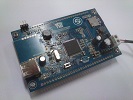
Shape analysis and description
Shape analysis and description serve to derive machine-understandable representations of the content of shape models, such as images and 3D objects. Shape analysis and description are key to shape matching, retrieval, classification, and annotation. We study mathematical methods and algorithms for 2D and 3D shape analysis and description, with application to diverse fields.

Statistical signal processing
Complex signal elaboration, ranging from DSP hardware development to signal compression and analysis.
